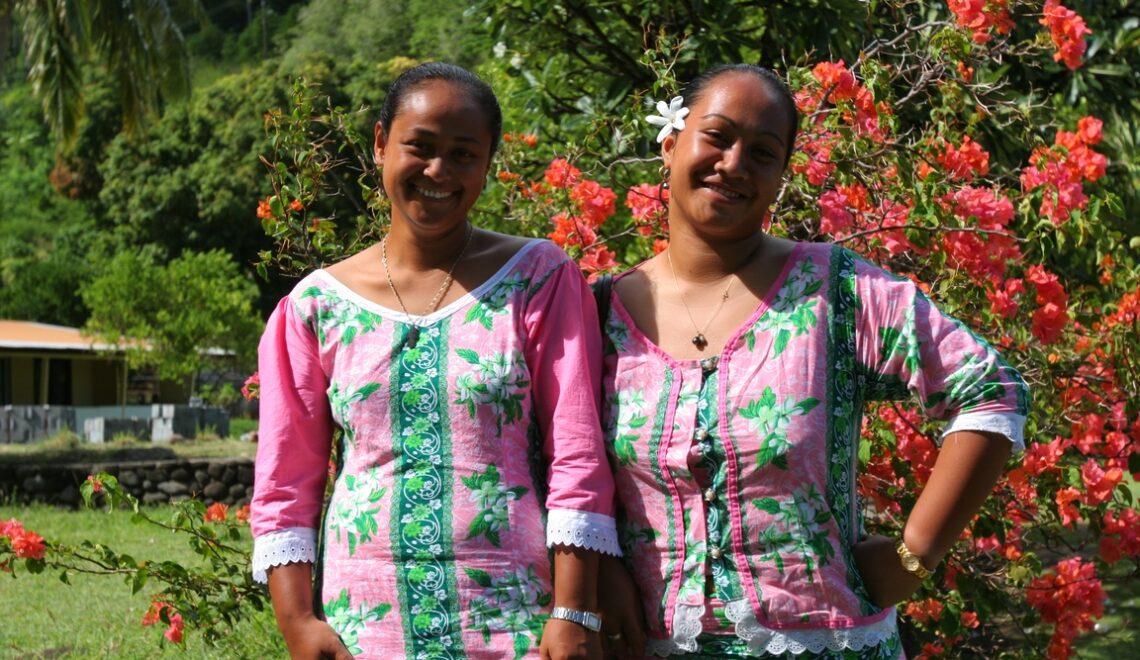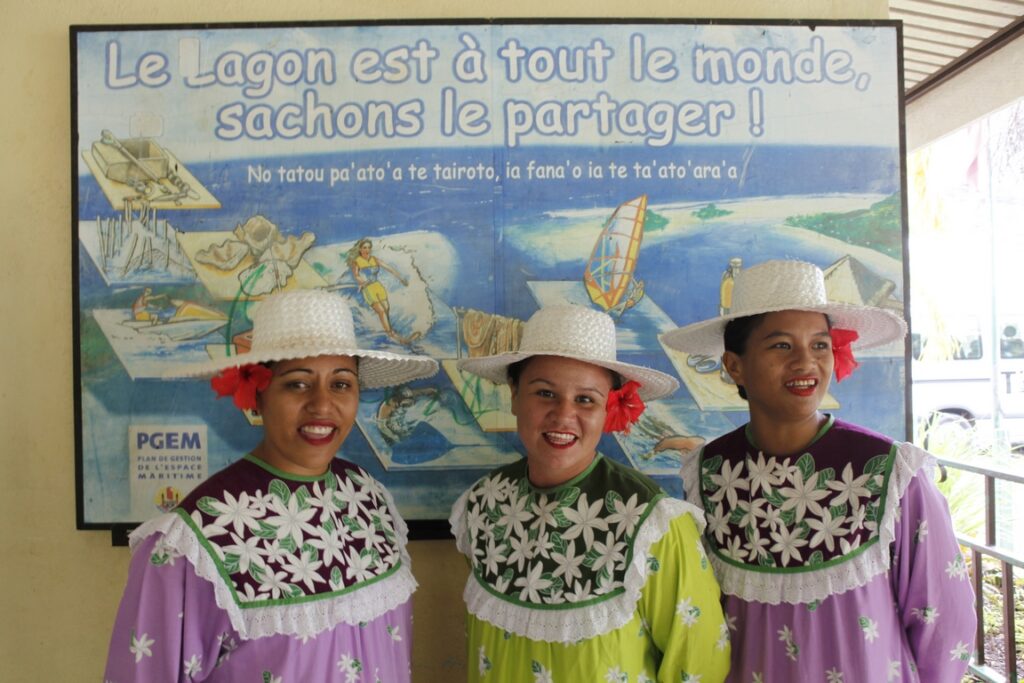
The first Mission Dress Day was celebrated on 15 March. Imposed at the end of the 18th century to cover bodies in accordance with Christian morality, this dress is for some a symbol of Oceanian cultures and for others, including the younger generations, an emblem of patriarchal and religious domination.
While European visitors - sailors and merchants - were fascinated by the nudity of the Oceanians when they landed in Polynesia from 1780 onwards, this was not the case for the first Christian missionaries, who considered nudity shameful and were outraged by this freedom of the body. They even considered it risky for men, whether Oceanians or Europeans passing through. The zealots of Christianity, both Catholic and Protestant, particularly those from the London Missionary Society (LMS) who arrived in Tahiti in 1797 and then in Caledonia, agreed on one point: the bodies of these vahines, whose suggestive dances were interpreted as evocative of the sexual act, had to be hidden. At the time, men, women and children dressed in a simple short skirt made of plant fibres or tapa, which comes from the bast, the plant tissue immediately under the bark of trees in the Moraceae family (mulberry, banyan, breadfruit).
Imported from the West, the "mission dress" quickly became the norm throughout Oceania, as evangelisation progressed. The issue of dress was dealt with in the Code de l?Indigénat, an ultra-repressive system that subjected colonised populations to specific constraints and penalties for non-compliance.

Long, covering the body and arms, this dress is said to have been inspired by a pattern designed by Queen Victoria herself. It has evolved over time. Kanak and Polynesian women have adapted and transformed it to make it a symbol of their identity. Its style and cut changed, as did its length. From straight, it becomes fuller. From ankle-length to calf-length to knee-length. The sleeves were also shortened. Lace, bibs and braid were added. Women wore them every day, to work, cook or sleep, but also for celebrations and ceremonies. It is now worn as a local costume in a large part of the Pacific, both in Polynesia and Melanesia.
Designer Karen Wassaumi, from Pouébo in New Caledonia, recently launched the idea of a Mission Dress Day. Her facebook page (https://www.facebook.com/journeedelarobemission/) now has 3,000 followers. And Tabitha Couture (https://www.facebook.com/tabitha.couture), run by Nouméa-based dressmaker Filore Meaou, has 4,800 followers. The mission dress expresses values: women must dress appropriately because it represents our ethnic group, our culture and our customs in our community," she says. What are the advantages of wearing a mission dress? It allows you to cover up your nudity, protects you from the weather and makes you feel beautiful and good about yourself - it's a combination of the practical and the pleasurable!
However, even when revisited by designers such as Kanak Christiane Waneissi, the mission dress still seems to be the most popular dress in the world. "For young Kanak women, the mission dress is now a symbol of twofold domination. For young Kanak women, the mission dress is now the symbol of a double domination: that of patriarchal society, in which the woman's body belongs to the man, and that of Christianity, which based its ideal of modesty on the 'shame of the body'"..
Surprising, given that women?s cricket teams always compete wearing a mission dress in each team?s colours. (https://presencekanak.com/2020/11/29/le-cricket-feminin-en-nouvelle-caledonie/)
Text and photo Brigitte Postel


